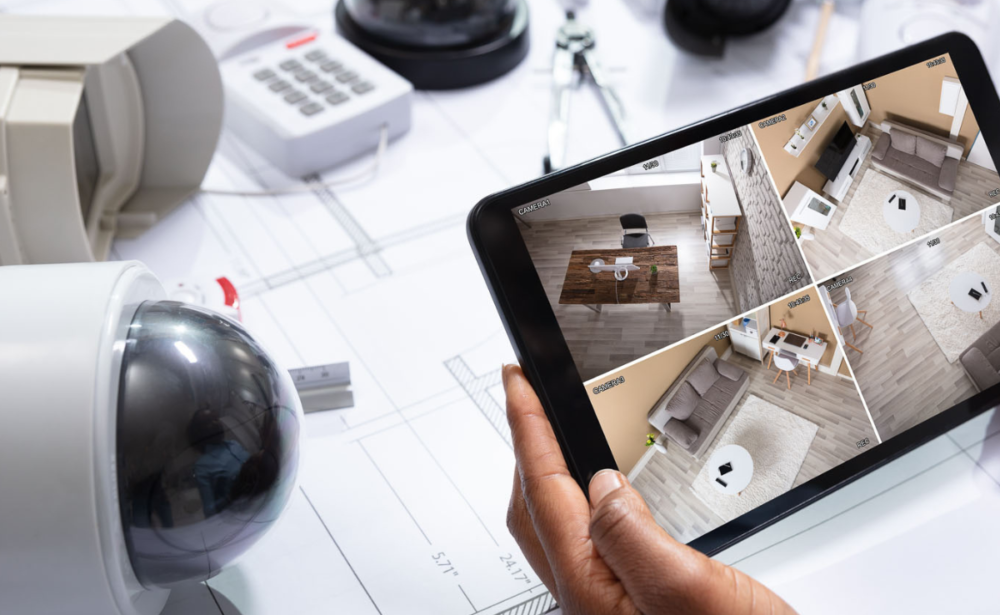HOME SECURITY SYSTEM
Home security systems are designed to protect homes and families from intrusions, theft, and emergencies. These systems include a combination of security cameras, motion detectors, alarms, and smart locks to provide complete protection.
Modern security systems offer 24/7 monitoring, alerting homeowners and security agencies in case of any suspicious activity. Motion sensors and door/window alarms detect unauthorized access, while CCTV cameras allow real-time surveillance from anywhere via mobile apps.
Many systems integrate smart technology, allowing remote control of security features. Homeowners can lock doors, monitor cameras, and receive instant alerts through their smartphones. Some systems also include fire and gas leak detection, enhancing overall safety.
Wireless security systems provide easy installation without extensive wiring, making them ideal for renters and homeowners alike. Advanced security systems also feature facial recognition and AI-powered analytics to distinguish between real threats and false alarms.
A reliable home security system not only deters criminals but also provides peace of mind. Investing in professional monitoring services ensures emergency response teams are alerted immediately. With evolving technology, smart security systems continue to enhance home safety and convenience.
Structured Cabling.
CCTV Systems
Access Control Systems
Video Conferencing.
Telecommunications System.
Wireless IP camera Setting
Testing tracing Labeling & commissioning of cables.
Wi-Fi Solution.
Office Automation.
Network Services.
Network switch Installations.
Benefits of Home Security Systems
A reliable home security system protects your family and property from theft, intrusions, and emergencies. It provides peace of mind with 24/7 monitoring and instant alerts.
- Understanding the Importance of Home Security Systems
- Important Role in Family & Property Safety
- Advanced Home Security Technology
Frequently asked questions
It’s best to check and update your security system every 2-3 years for the latest technology.
CCTV cameras, motion detectors, smart locks, and alarm systems are key features.
Yes, most modern security systems allow remote monitoring through mobile apps.

